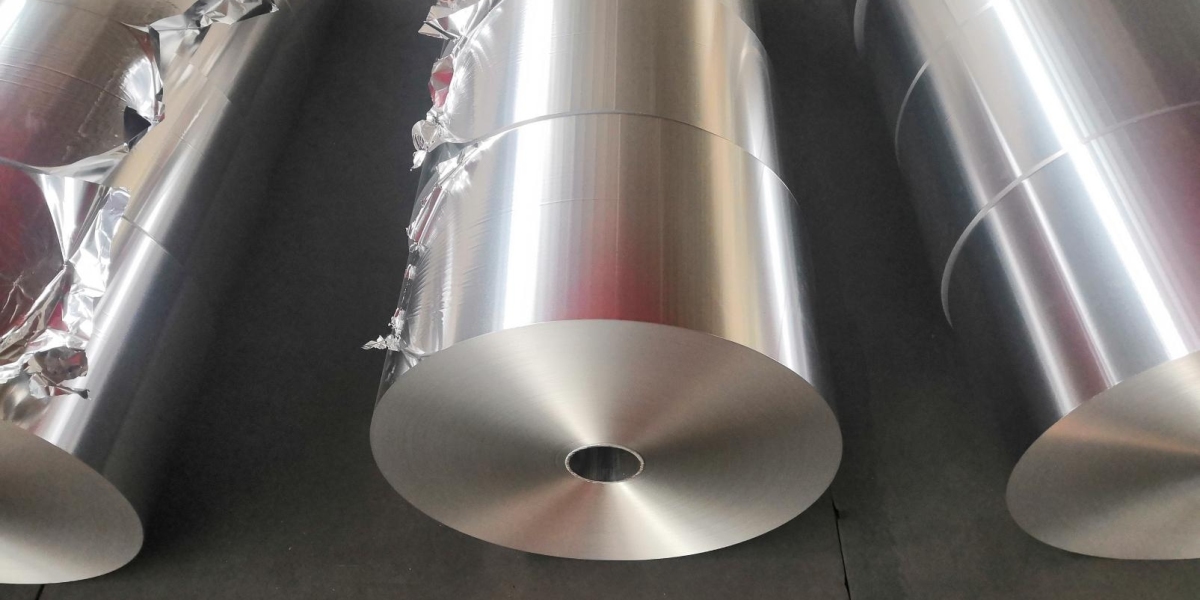Aluminum foil, a thin material made from aluminum, has been widely utilized in various industries due to its exceptional properties. In the packaging sector, aluminum foil plays a crucial role thanks to its flexibility, light weight, and excellent barrier properties against moisture, gases, and light. This article delves into the applications, benefits, and environmental considerations of using aluminum foil for packaging.
Applications
Aluminum foil is extensively used in food packaging because it effectively preserves freshness and quality. It can be found in everything from small household items like cheese and chocolate wrappers to larger industrial applications such as packaging for frozen foods and pharmaceutical products. The material's ability to maintain the integrity of packaged goods makes it an indispensable component in the food service industry, where maintaining hygiene and preventing contamination are paramount.
Beyond food, aluminum foil is also employed in packaging cosmetics, medical supplies, and electronics. Its barrier properties help protect sensitive electronic components from static electricity and moisture damage, ensuring that products reach consumers in optimal condition.
Benefits
One of the most significant advantages of aluminum foil is its recyclability. Unlike many other packaging materials, aluminum can be recycled indefinitely without loss in quality or performance. This characteristic not only reduces waste but also conserves energy and resources, making aluminum foil an environmentally friendly choice.
The material's light weight contributes to reduced transportation costs and carbon emissions, further enhancing its sustainability profile. Additionally, aluminum foil's malleability allows it to be shaped into complex forms, which is beneficial for packaging irregularly shaped items or creating unique package designs that stand out on store shelves.
Environmental Considerations
While aluminum foil offers numerous benefits, its production does require significant energy, primarily due to the extraction and processing of bauxite ore. However, advancements in recycling processes have significantly mitigated this impact. Recycling aluminum uses about 5% of the energy required to produce new aluminum from raw materials, making it one of the most efficient materials to recycle.
Moreover, there is a growing trend towards lightweighting in packaging design, which involves using thinner aluminum foils to reduce material usage and improve the environmental footprint of packaging solutions. This approach aligns with broader efforts to minimize resource consumption and waste generation across the supply chain.
Conclusion
Aluminum foil remains a vital material in the packaging industry due to its versatility, protective qualities, and sustainability attributes. As consumer awareness of environmental issues continues to grow, the demand for eco-friendly packaging options is likely to increase. Manufacturers and designers are responding by innovating with aluminum foil to create more sustainable and efficient packaging solutions. By leveraging the unique properties of aluminum foil, the packaging industry can contribute positively to both business success and environmental stewardship.
References
aluminum foil for packaging

